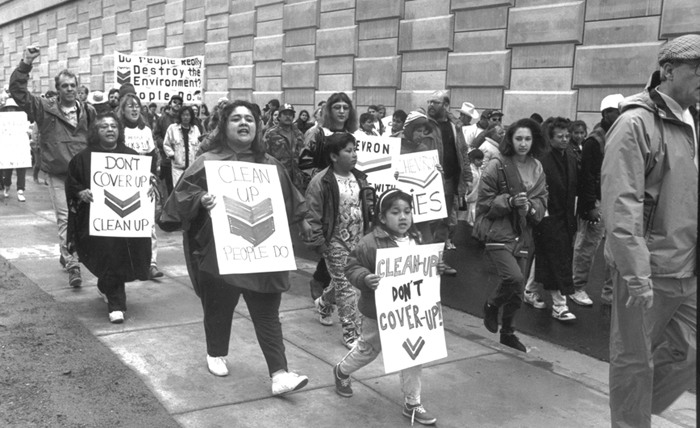 Millions of Americans marked the first Earth Day in 1970—it kicked off the decade of environmental activism in the United States that propelled a slew of landmark policies, including the Clean Air Act, Clean Water Act, Endangered Species Act, and the creation of a government body to protect public health—the Environmental Protection Agency. These fundamental policy changes came about during that watershed decade—with pressure from the grassroots up.
Millions of Americans marked the first Earth Day in 1970—it kicked off the decade of environmental activism in the United States that propelled a slew of landmark policies, including the Clean Air Act, Clean Water Act, Endangered Species Act, and the creation of a government body to protect public health—the Environmental Protection Agency. These fundamental policy changes came about during that watershed decade—with pressure from the grassroots up.
Communities for a Better Environment (CBE) was born out of that wave of activism, with beginnings in Chicago during the 1970s and a launch in California in 1978. CBE focuses its work where conventional policies of profits-before-people do the most harm—in poor communities and neighborhoods where people of color are the majority. That’s where you’ll find concentrations of pollution sources—oil refineries, power plants, chrome plating facilities and lead smelters, and other polluters right next to schools, senior centers and homes. Research, such as the “Minding the Climate Gap” report, shows the correlation between color, income levels and pollution.
More pollution leads to more cases of asthma, heart disease, cancer, and more premature deaths, birth defects and neo-natal problems. And local pollution sources contribute to an international threat as well—the greenhouse gas emissions that fuel global climate change.


